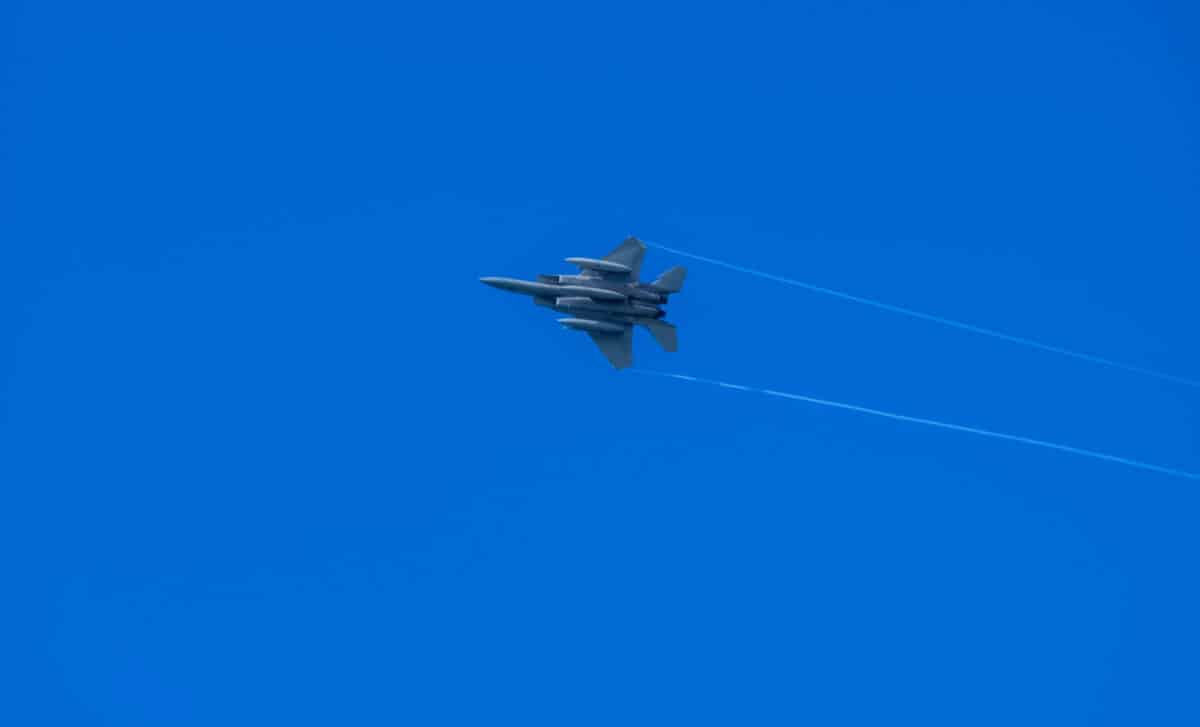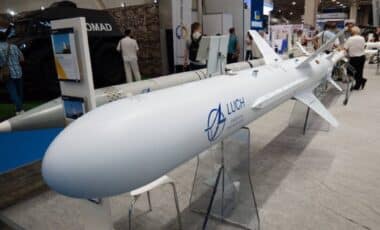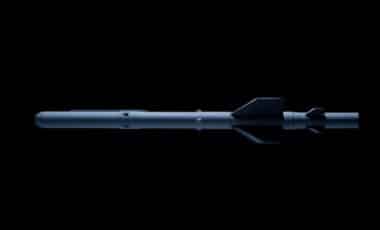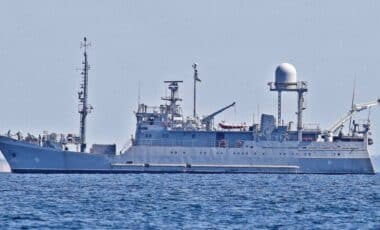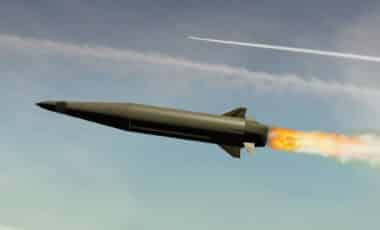The McDonnell Douglas F-15 Eagle, introduced in 1976, has remained undefeated in 104 air-to-air combat engagements, marking an unparalleled 104:0 kill ratio. With its unmatched dominance in aerial combat, the F-15 continues to be one of the most formidable fighter jets in the world. Its remarkable legacy is sustained through both its technological advancements and the expertise of the pilots who operate it.
More than four decades after its introduction, the F-15 remains a crucial asset to the US Air Force, with its latest iteration, the F-15EX Eagle II, poised to extend its reign of air superiority into the 2040s. The aircraft’s evolution from its Cold War origins to its current state has been a testament to its continued relevance and capability in modern warfare.
This NASA Impact Changed an Asteroid’s Path—And Scientists Weren’t Ready for It
The Birth of the F-15 and Its Rise to Superiority
The McDonnell Douglas F-15 Eagle was developed in response to the Soviet Union’s advanced aircraft, including the MiG-17, MiG-21, and MiG-25, which threatened US air dominance during the Vietnam War and the Cold War. Designed to restore and ensure US air superiority, the F-15 was equipped with cutting-edge avionics, a top speed of Mach 2.5, and maneuverability that made it lethal in dogfights.
After being introduced at Wright-Patterson Air Force Base in 1976, the F-15 quickly proved its worth by combining speed, agility, and superior weaponry. The aircraft’s dual Pratt & Whitney F100-PW engines, each providing 23,450 pounds of thrust, enable the F-15 to achieve a thrust-to-weight ratio of 1.17:1.
This allows it to maintain speed while executing sharp turns and vertical acceleration during combat. Its avionics, including a heads-up display (HUD) and an AN/APG-63 pulse-Doppler radar, enhanced the pilot’s situational awareness, making the F-15 a force to be reckoned with in aerial combat, reports Aviation A2Z.
Technological Advancements and Upgrades Over Time
The F-15’s technological advancements have ensured its continued success and relevance in modern combat. Initially designed for air superiority, the F-15 underwent several upgrades to keep pace with evolving combat needs.
One of the major steps in this evolution was the introduction of the F-15E Strike Eagle in 1989, which expanded the aircraft’s role to include ground-attack capabilities. With the addition of systems such as the LANTIRN (Low Altitude Navigation and Targeting Infrared for Night), the F-15E became versatile enough to conduct low-level, night-time strikes, expanding its combat effectiveness.
In the following years, the F-15 underwent multiple rounds of modernization through the Multi-Stage Improvement Program (MSIP), which started in 1983. These upgrades included improved radar, avionics, and engine systems, ensuring that the F-15 remained competitive in the face of emerging threats.
The latest iteration, the F-15EX Eagle II, boasts advanced fly-by-wire controls, JHMCS (Joint Helmet-Mounted Cueing System), and an EPAWSS (Eagle Passive/Active Warning and Survivability System). With these enhancements, the F-15EX offers increased payload capacity and next-gen avionics, extending the aircraft’s operational lifespan and complementing newer fifth-generation aircraft.
The Human Factor Behind the F-15’s Success
While the F-15’s technological capabilities are central to its success, the skill and training of its pilots are equally critical. Aspiring F-15 pilots undergo a rigorous training program that includes extensive physical and academic preparation.
Pilots must endure High G Centrifuge Training, which prepares them to withstand the extreme G-forces experienced in combat. Additionally, the US Air Force Weapons School at Nellis Air Force Base provides 400 hours of graduate-level training in combat and dogfighting tactics, ensuring that pilots are fully equipped to handle any aerial engagement.
Equally important are the maintainers who ensure the F-15 remains mission-ready. These dedicated crew members are responsible for maintaining the aircraft’s avionics, engines, hydraulics, and weapons systems. With 15-20 hours of maintenance required for every flight hour, their expertise is vital to keeping the F-15 in peak operational condition, ensuring its readiness for every combat mission.

